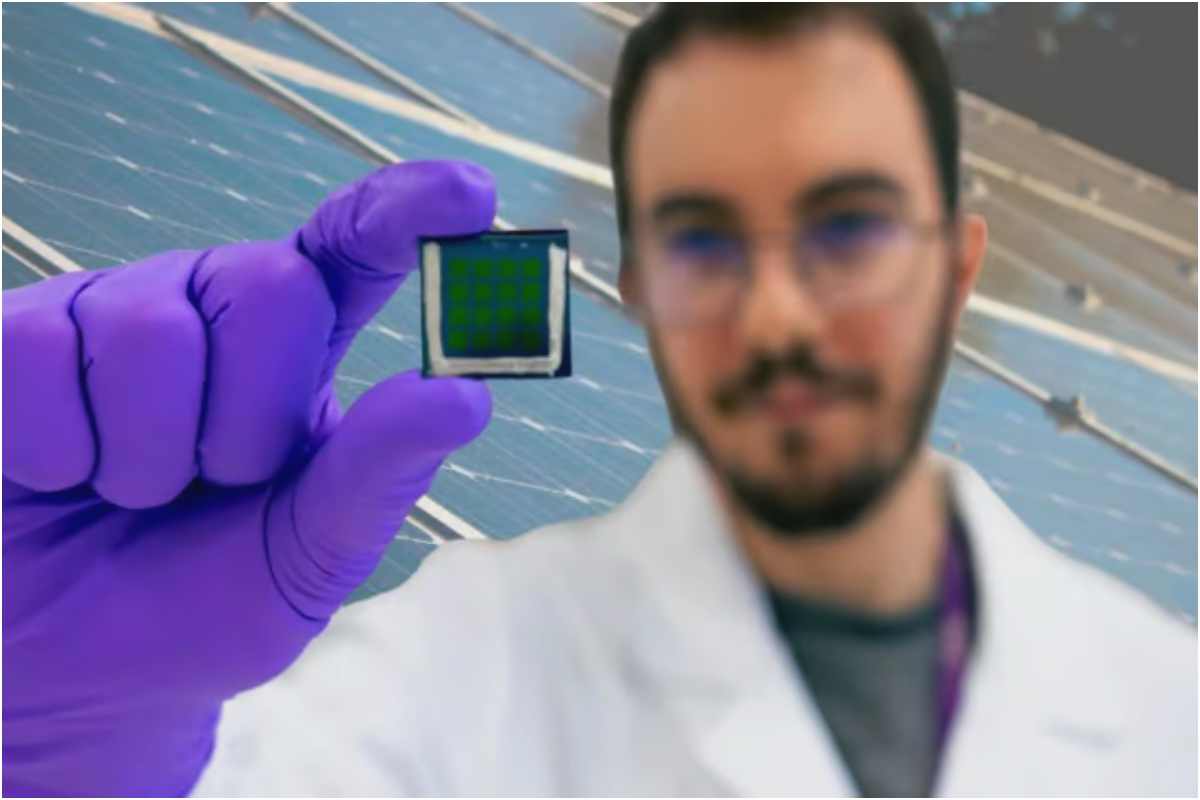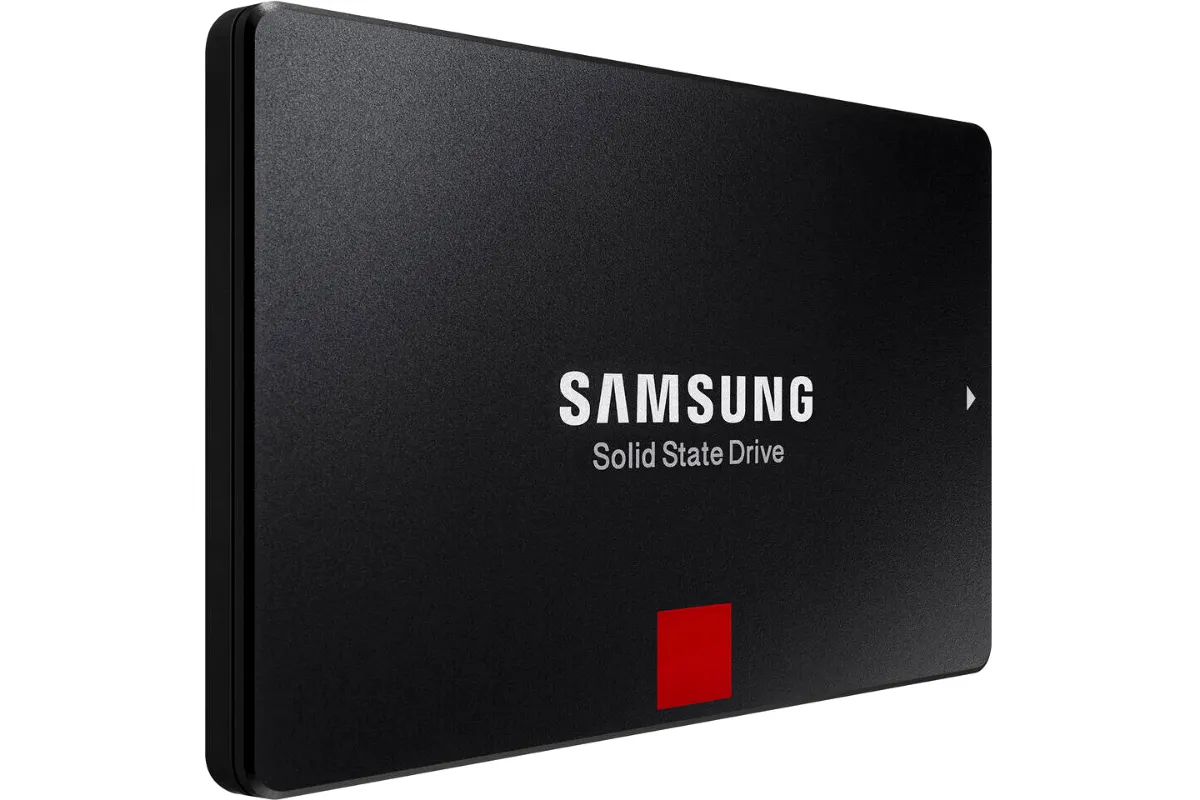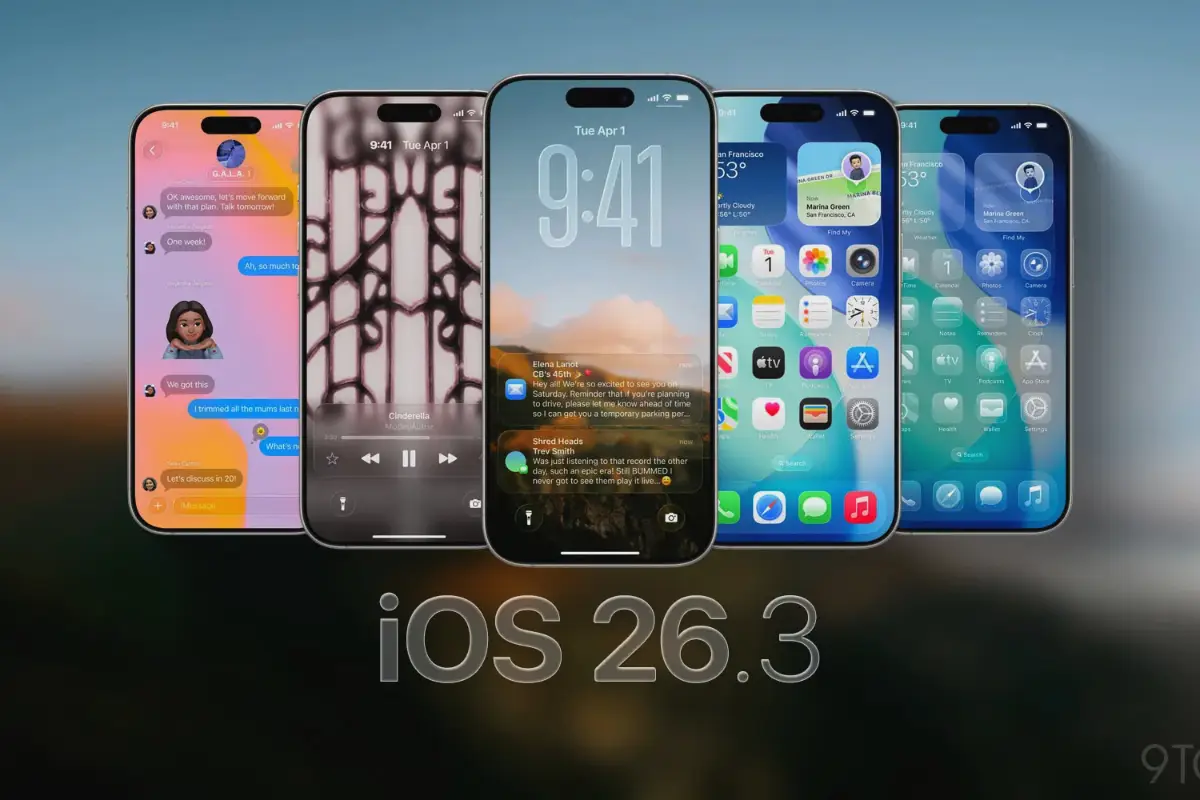Scientists Discover New Method to Make Solar Panels More Efficient and Affordable

Scientists Discover New Method to Make Solar Panels More Efficient and Affordable
In a promising leap forward for renewable energy, scientists have developed ultra-thin “gold mirrors” that could revolutionize how solar panels are designed and deployed. This innovation has the potential to make solar systems lighter, more efficient, and less expensive, especially in applications where weight and mobility are critical factors.
These gold mirrors—microscale reflective layers embedded in solar panels—redirect and concentrate sunlight onto photovoltaic cells more effectively than traditional flat surfaces. “These new solar panels incorporate microscale gold reflective layers that act much like miniature mirrors, redirecting and concentrating sunlight onto photovoltaic cells.” This design boosts energy efficiency by maximizing sunlight exposure and minimizing the gaps caused by panel spacing or shadows.
Unlike traditional glass or polymer-based concentrators, the gold mirrors are significantly thinner and lighter, offering a higher power-to-weight ratio. This makes them ideal for weight-sensitive applications, including satellites, drones, electric vehicles, and mobile solar installations.
“Weight is one of the major constraints in many solar use cases. For rooftop installations, lighter panels simplify mounting hardware and structural requirements. On mobile platforms like electric vehicles, drones, or space systems, mass savings are especially valuable.”
Although gold is a costly material, researchers say the minute quantities used make it economically viable, especially considering the increased power output. Over time, the improved energy density and versatility could outweigh the initial material cost.
Still, the technology faces key challenges before it becomes commercially viable. Concerns around durability, environmental resistance, and scalability remain. The gold mirrors must endure real-world conditions—such as dust, moisture, temperature swings, and UV exposure—while maintaining high reflectivity and structural integrity.
“That said, the technology is not yet ready for mass commercialization. Challenges remain in scalability, durability, and weather resistance.”
Ongoing testing in labs across Europe and Asia is focused on hybrid designs, which blend gold mirror tech with conventional photovoltaic systems to strike the right balance between cost and performance.
If successfully scaled, this innovation could change how we think about solar energy—transforming heavy, rigid panels into flexible, high-efficiency modules that could be integrated into everything from buildings and cars to consumer electronics.
Such technology could have a significant impact in countries like Pakistan, where rising electricity costs have driven a surge in solar panel adoption. Lightweight and efficient solar options could expand accessibility and usage even further.
Catch all the Technology News, Breaking News Event and Trending News Updates on GTV News
Join Our Whatsapp Channel GTV Whatsapp Official Channel to get the Daily News Update & Follow us on Google News.














